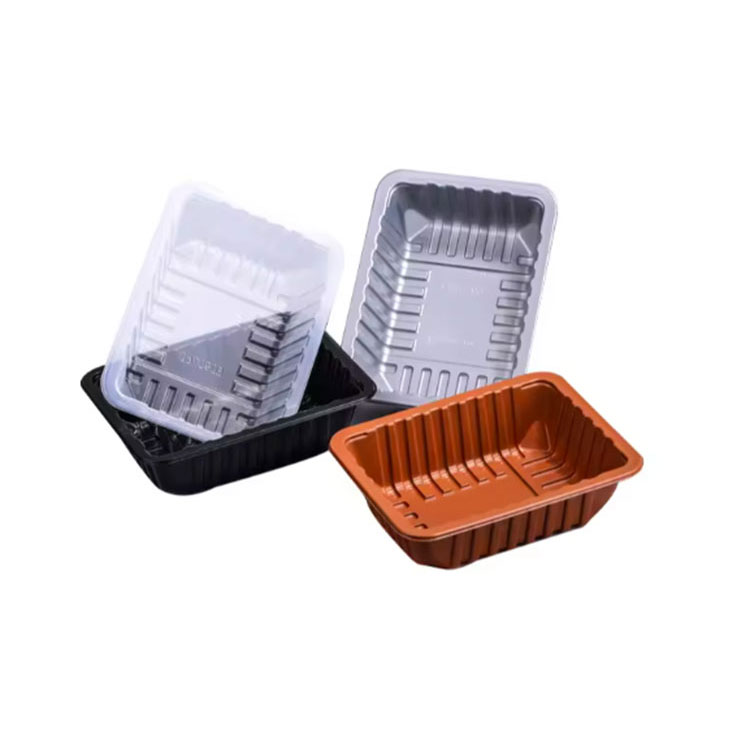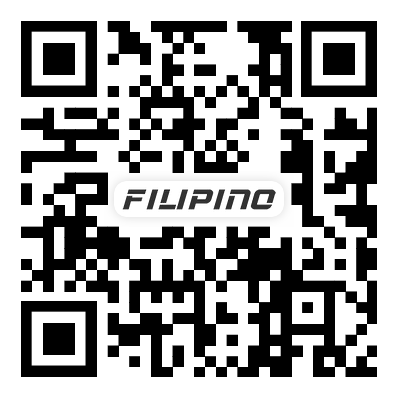Why Food Packaging Boxes Are Crucial for the Food Industry: Protecting, Preserving, and Promoting
2024-12-18
In the highly competitive food industry, food packaging boxes are more than just a container for your favorite snacks or meals. They are vital tools that serve multiple functions, from ensuring food safety to elevating the overall consumer experience. As the demand for quality, convenience, and sustainability increases, the food packaging industry is evolving, adapting to meet both business needs and environmental concerns.

The Role of Food Packaging Boxes in the Food Industry
1. Ensuring Food Safety and Hygiene
One of the primary reasons food packaging boxes are so crucial is their role in ensuring the safety and hygiene of the food inside. The food packaging protects the product from contamination, preventing exposure to dirt, bacteria, moisture, and other harmful elements. Whether it’s a fresh salad, a frozen dinner, or a pre-packaged snack, food packaging helps maintain the quality and safety of the product throughout the supply chain, from manufacturer to consumer.
2. Preserving Freshness and Shelf Life
Food packaging boxes are specifically designed to preserve the freshness of food for longer periods. Packaging that is sealed properly can help extend the shelf life of products by preventing spoilage due to oxygen, light, or moisture. For instance, vacuum-sealed packaging or modified atmosphere packaging (MAP) can significantly prolong the freshness of perishable items like meats, fruits, and vegetables.
3. Enhancing Convenience for Consumers
In today’s fast-paced world, convenience is key. Food packaging boxes make it easy for consumers to enjoy their meals on the go. Takeout boxes, portioned meal kits, and snack packages are all designed with consumer convenience in mind, allowing for easy handling, storage, and consumption. Well-designed packaging can also provide added value, such as easy-to-open closures or microwave-safe containers, catering to modern lifestyles that prioritize speed and efficiency.
4. Branding and Consumer Appeal
Packaging is one of the most powerful tools for branding in the food industry. Custom-designed food packaging boxes with eye-catching colors, graphics, and logos help food brands stand out in a crowded market. The design of the packaging not only reflects the quality of the food but also communicates the brand’s message and values. For instance, eco-friendly packaging can appeal to consumers who prioritize sustainability, while bold and innovative designs may attract younger, trend-conscious buyers.
Sustainability in Food Packaging Boxes: The New Standard
As the environmental impact of traditional packaging becomes more evident, the food industry is embracing sustainability. Consumers are increasingly looking for brands that offer eco-friendly alternatives to plastic and other non-recyclable materials. In response, many companies are opting for sustainable packaging solutions that reduce waste, use renewable resources, and are easy to recycle or compost.
1. Biodegradable and Recyclable Materials
Cardboard, paper, and other biodegradable materials are becoming the go-to options for food packaging. These materials can be recycled, composted, or even repurposed, which helps to minimize waste and reduce the environmental footprint of food packaging. Additionally, many food brands are opting for water-based or plant-based inks and adhesives, which further reduce the environmental impact of packaging production.
2. Eco-conscious Packaging Innovations
Innovative packaging solutions are also gaining popularity. Plant-based plastics, such as those derived from cornstarch, sugarcane, or algae, are providing new alternatives to traditional petroleum-based plastics. These materials are not only biodegradable but are also produced with a lower carbon footprint. Some food packaging brands are also introducing compostable boxes that break down into non-toxic components when disposed of, making them an ideal choice for environmentally-conscious consumers.
The Future of Food Packaging Boxes
The future of food packaging boxes is set to be shaped by continued innovation in both design and materials. Smart packaging, which uses sensors to track freshness or temperature, is already being integrated into certain food products. Additionally, digital technologies like augmented reality (AR) and QR codes are being incorporated into packaging to offer consumers interactive experiences that enhance their understanding of the product.
The drive for sustainability will continue to push the food packaging industry toward even more eco-friendly solutions, such as fully biodegradable, compostable, or reusable packaging. With consumer demands for greener packaging, the industry must adapt quickly to stay ahead of regulatory requirements and market expectations.
Conclusion
Food packaging boxes are an integral part of the food industry, performing a wide range of functions from ensuring food safety and extending shelf life to promoting brand identity and providing convenience. As the demand for eco-friendly packaging grows, the industry is adapting with sustainable solutions that meet the needs of both consumers and businesses. The future of food packaging is bright, with innovation driving better, greener, and more efficient options to support a healthier, more sustainable world.


